Citroën Ami One considers the future of the urban commute
An all-electric car made from novel sustainable materials
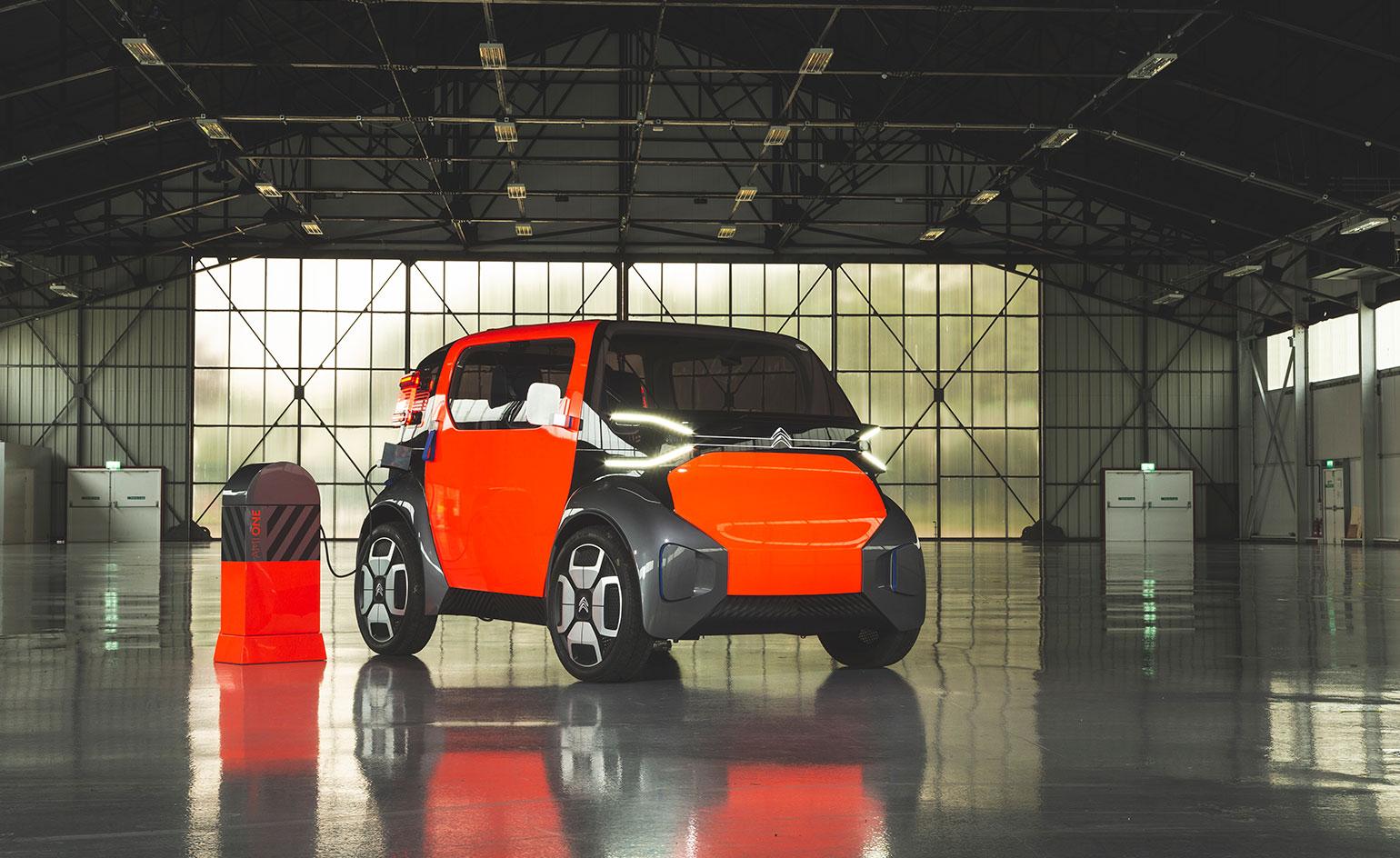
In the early sixties, Citroën produced a car name Ami. It was conceived as a more adult and urban alternative to the French marque’s popular tiny 2CV. The Ami 6 and 8 ran for two generations, and were nicknamed 3CV for their boosted power. Today we’re about to experience an entirely different ‘ami’. In the spirit of both cars, Citroën is presenting the Ami One, a concept conceived to gauge the possibilities of the urban commute in a car with an approximate footprint of the 2CV, but with a thoroughly modern outlook.
The original deux chevaux was famously designed to help motorise French farmworkers in the 1930s, a time when horses and carts were still the primary mode of rural transport. The Ami One conceptually does the same, albeit for the modern, metropolitan worker. The study vehicle offers a glimpse into how mobility might look in our ever-sprawling cities in the not too distant future. Citroën says the technology is all possible today, and that a similar mobility solution could possibly happen in the next five years.
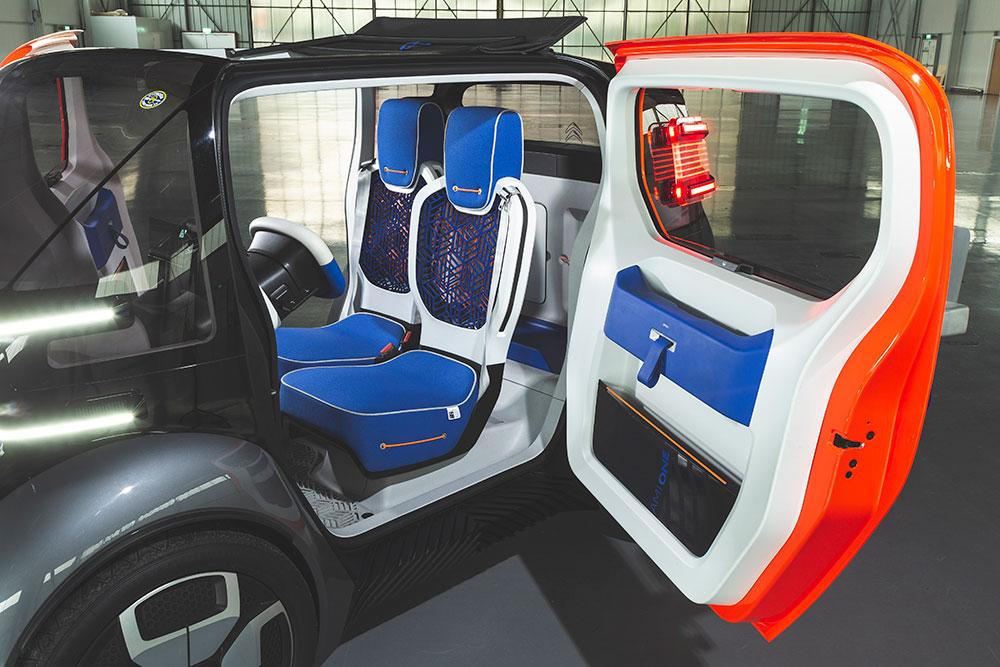
So, what is it like to experience? The car we’re testing is purely a prototype, so the feel and drive are not as polished as a fully-fledged production car. That said, the short run in the confines of a controlled environment is fun and easy – everything on this little friend is considered and intuitive.
The Ami One is fully electric, and it seats two adults comfortably offering plenty of room in front of the passenger and in the rear for bags and shopping. The design is more akin to that of a personal gadget than a motor car, with a simple cubic form in which you sit upright and tall. Some exciting ideas for automotive come into play too. For instance, the doors are made of identical panels – rear-hinged for the driver and front-hinged for the passenger – to minimise the number of parts produced and cut manufacturing costs. Similarly, the front and rear bumpers are the same parts – only positioned differently. Then, for a dose of extra cost-cutting and an unfussy touch, the Citroën double chevron logo is simply a flat sticker.
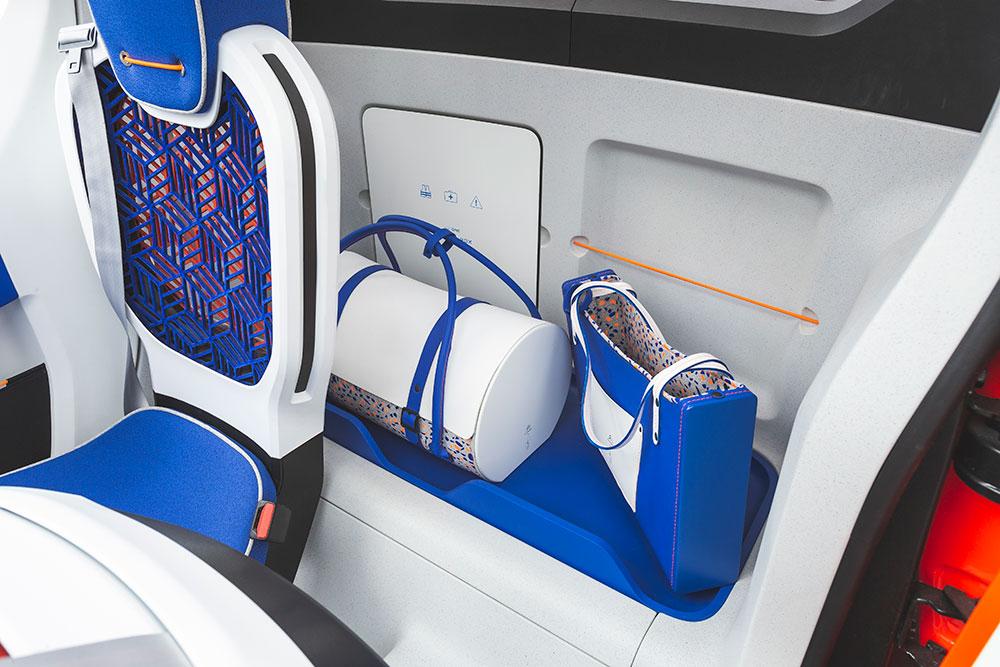
‘We debated this at first,’ says Pierre Leclercq Citroën’s new design director as he sits in the passenger seat, ‘but it felt like the right thing to do with this car. Our design approach was to be restrained, and we looked to product design and manufacturing processes for this car’. The Ami interior continues this modest approach, pared down to the basic needs of short distance travel, without looking too austere. This is mainly due to the pop colour scheme and modern textiles. Leclercq says novel sustainable materials will be explored if this car is to get the green light. The driver seat adjusts back and forth, and tilts to make room for luggage (a set of which is designed by the team to blend with the interior). There are no electric window winders; you have to manually operate these, the slim wing mirrors and canvas roof.
The Ami One is designed to be a shared, hop-on-and-off, or privately-owned transport idea for young urbanites. Your smartphone essentially acts as the central interface – place it behind the steering wheel and it provides the info and music through the Bluetooth speaker. If you change car, your settings come with you. Citroën has rightly identified that the next generation is unlikely to love the motor car as much as their forebears. What matters is simplicity and personality. As a hire car, the Ami One is easy to clean and maintain, with on-board elements made of materials inspired by garden furniture and public transport. If, however, someone wishes to buy an Ami One for themselves, there would be the option to remove these panels and add your own personal touch; Leclercq is keen to encourage this personal artistic freedom.
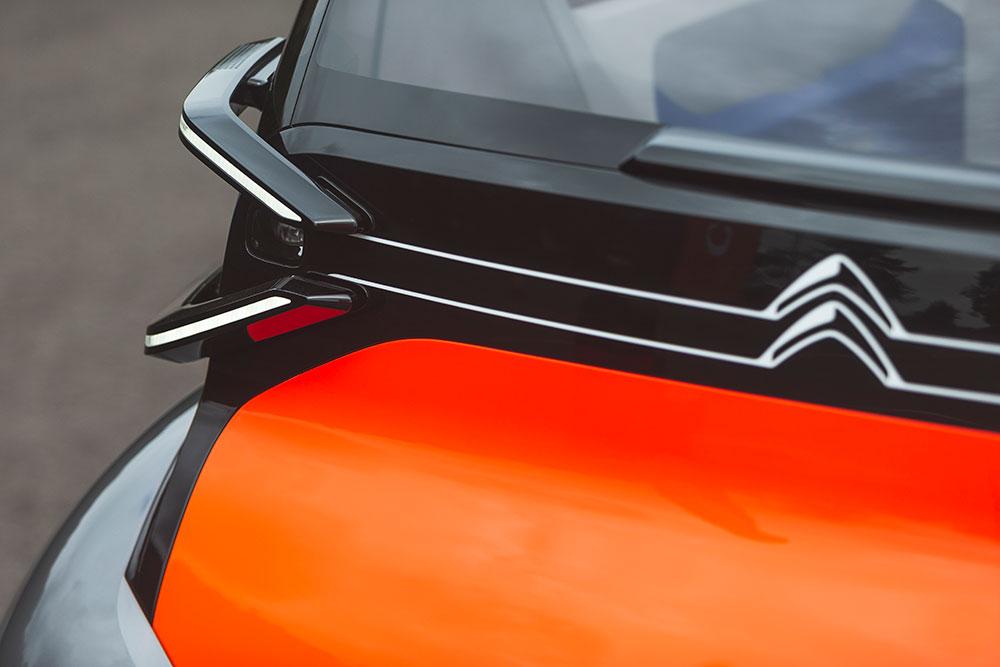
The mechanics are also straightforward. The battery sits under the occupants’ floor and a small electric motor drives the rear wheels. Electric range, we are told, is somewhere around 100 miles with charging predicted to take a couple of hours. What’s more, the Ami conforms to quadricycle regulations, which means it requires the same licensing as a scooter, and with a top speed of 28mph, in some countries it can be driven by under seventeens without a driving licence.
There’s something else. As we start to drive, the Ami One ‘hums’ ‘Free to Feel’, a track composed by Alex Jaffray and Gilles Facérias especially for this car. With new regulation insisting that silent electric cars have a sound to warn other road users, Leclercq says Citroën is exploring its sonic options for an electrified future. Surprisingly, the subtle track seems to work well.
Alongside parent company Groupe PSA, Citroën is fully committed to electrification. This Ami One has egalitarian ambitions. It provides mobility for young urbanites in any city around the world. The Ami has some maturing to do, but as a concept it is an inspired product, a 2CV for a new generation of drivers.
INFORMATION
Wallpaper* Newsletter
Receive our daily digest of inspiration, escapism and design stories from around the world direct to your inbox.
A writer and editor based in London, Nargess contributes to various international publications on all aspects of culture. She is editorial director on Voices, a US publication on wine, and has authored a few lifestyle books, including The Life Negroni.
-
 Put these emerging artists on your radar
Put these emerging artists on your radarThis crop of six new talents is poised to shake up the art world. Get to know them now
By Tianna Williams
-
 Dining at Pyrá feels like a Mediterranean kiss on both cheeks
Dining at Pyrá feels like a Mediterranean kiss on both cheeksDesigned by House of Dré, this Lonsdale Road addition dishes up an enticing fusion of Greek and Spanish cooking
By Sofia de la Cruz
-
 Creased, crumpled: S/S 2025 menswear is about clothes that have ‘lived a life’
Creased, crumpled: S/S 2025 menswear is about clothes that have ‘lived a life’The S/S 2025 menswear collections see designers embrace the creased and the crumpled, conjuring a mood of laidback languor that ran through the season – captured here by photographer Steve Harnacke and stylist Nicola Neri for Wallpaper*
By Jack Moss
-
 2025 Seoul Mobility Show report: all that's new and notable
2025 Seoul Mobility Show report: all that's new and notableOpened at a time of high national drama, the 2025 Seoul Mobility Show has gone on to underscore Korea’s place at the cutting edge of the auto industry. Guy Bird was there
By Guy Bird
-
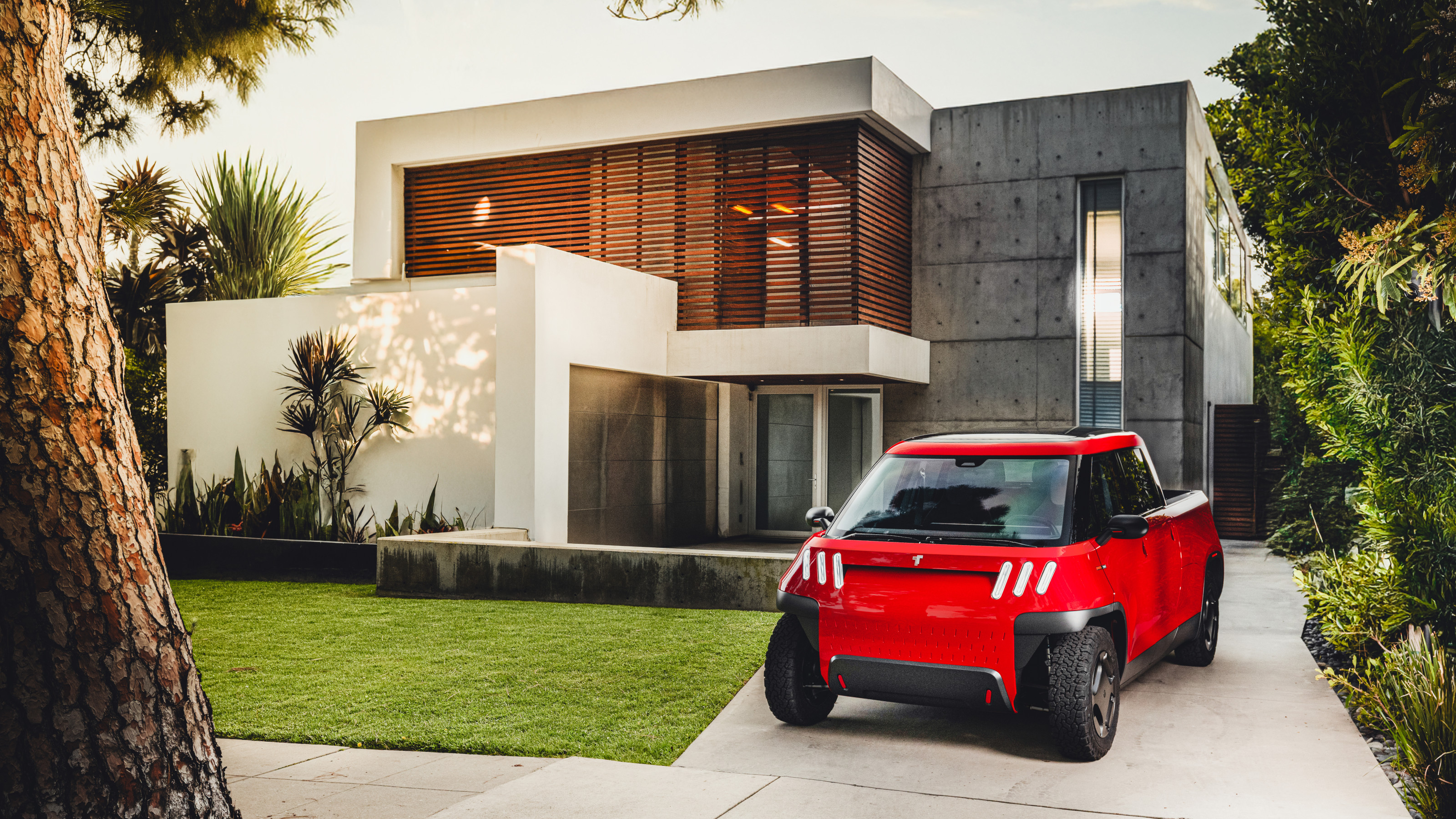 Meet the final drivable prototype of the Telo MT1 pickup truck, shaped by Fuseproject
Meet the final drivable prototype of the Telo MT1 pickup truck, shaped by FuseprojectThe Telo MT1 is a modestly scaled EV that turns the traditional all-American approach to pick-up truck design on its head
By Jonathan Bell
-
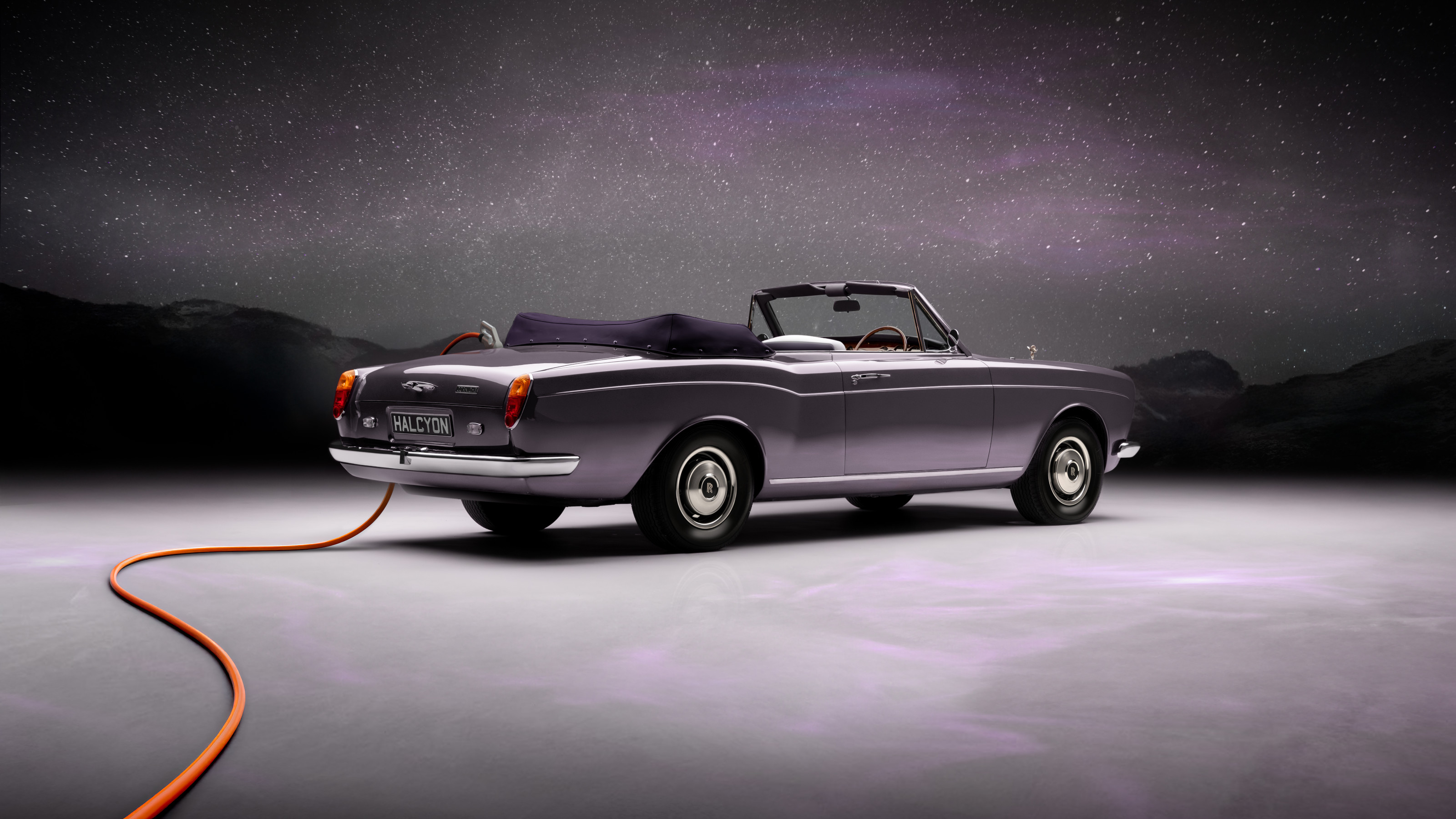 EV start-up Halcyon transforms a classic 1970s Rolls-Royce into a smooth electric operator
EV start-up Halcyon transforms a classic 1970s Rolls-Royce into a smooth electric operatorThis 1978 Rolls-Royce Corniche is the first fruit of a new electric restomod company, the Surrey-based Halcyon
By Jonathan Bell
-
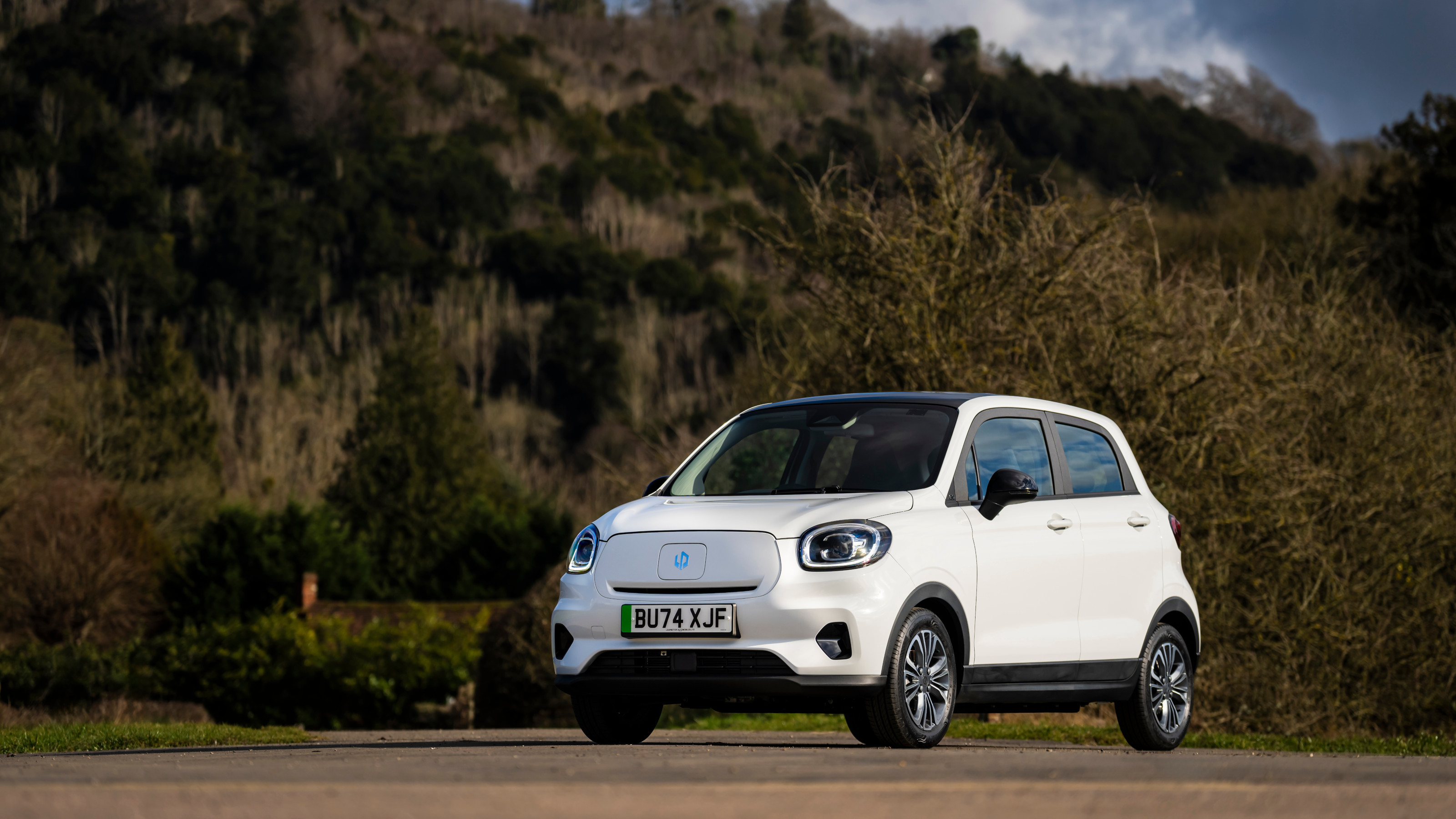 China’s Leapmotor pounces on the European car market with its T03 city car and C10 SUV
China’s Leapmotor pounces on the European car market with its T03 city car and C10 SUVLeapmotor’s tiny electric city car could be just the tonic for cramped urban Europe. We sample the T03 and its new sibling, the fully loaded C10 SUV, to see if the company’s value proposition stacks up
By Jonathan Bell
-
 Wallpaper* takes the wheel of the Bentley Blower Jnr for a rich automotive experience
Wallpaper* takes the wheel of the Bentley Blower Jnr for a rich automotive experienceHedley Studios has shrunk the mighty Bentley Blower into this all-electric, road-legal barnstormer. We take it to the streets of London
By Jonathan Bell
-
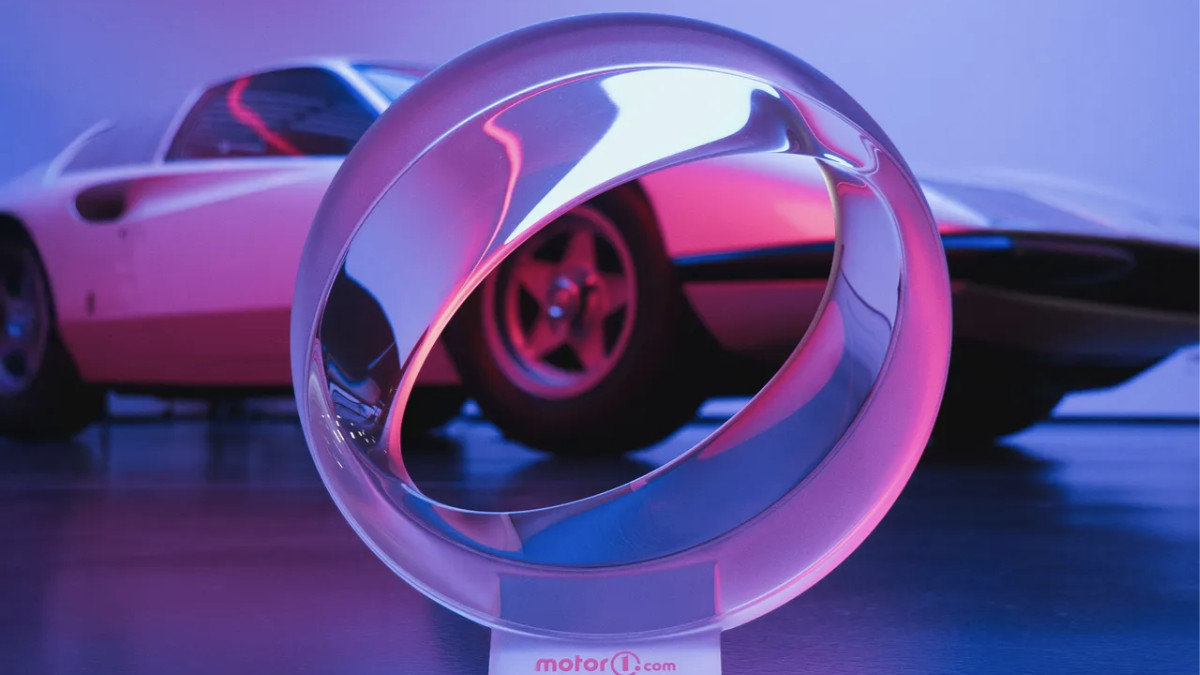 We are the world: Pininfarina’s ‘Orbis’ taps Papal support for an eco-friendly agenda
We are the world: Pininfarina’s ‘Orbis’ taps Papal support for an eco-friendly agendaThe Orbis is a ‘symbolic object’, a gift to Pope Francis from the Italian design agency at a time of political upheaval and social fracture around all aspects of sustainability
By Jonathan Bell
-
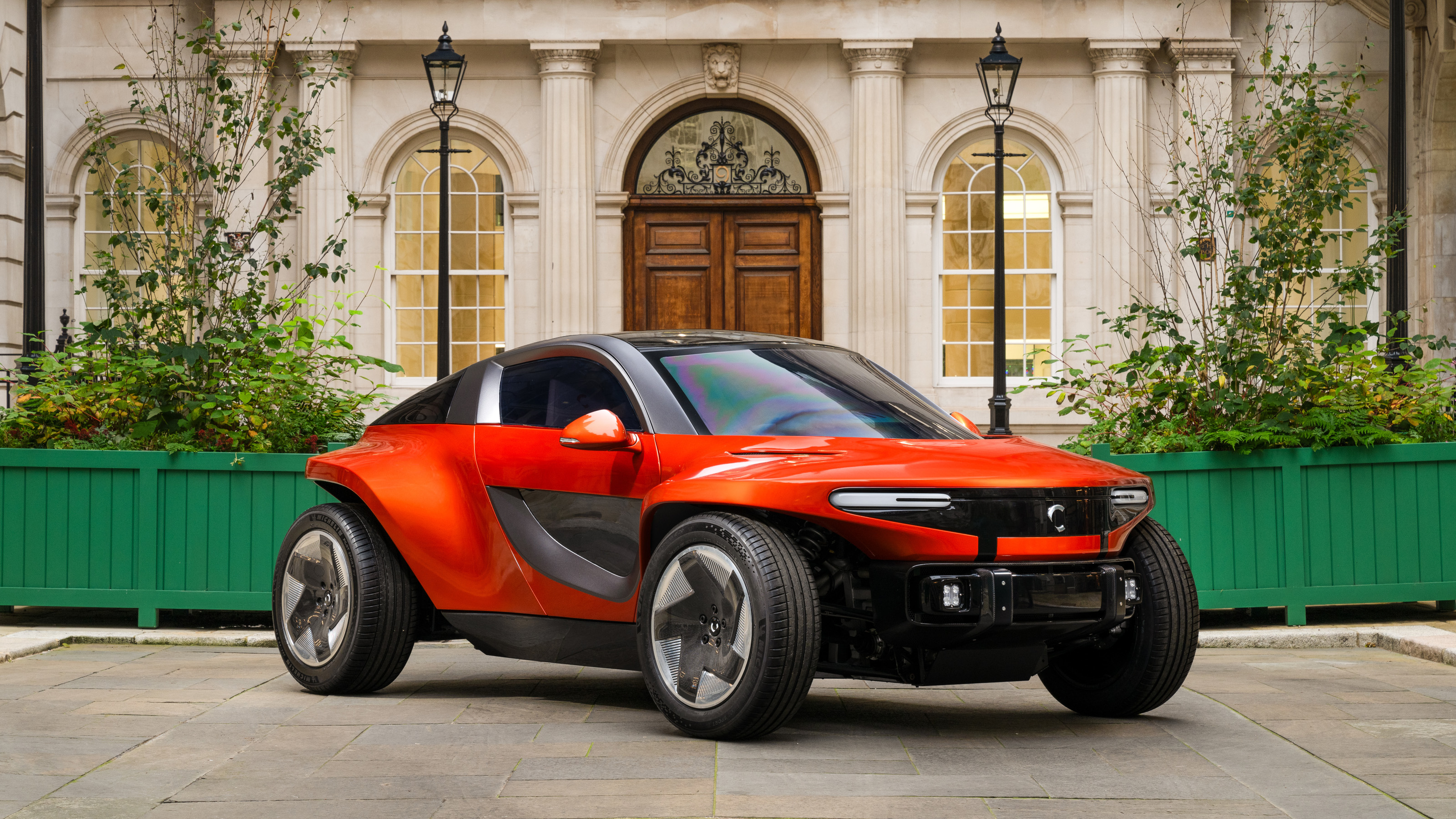 The exclusive Callum Skye EV reveals its interior style ahead of a 2025 launch
The exclusive Callum Skye EV reveals its interior style ahead of a 2025 launchThe Skye is a bespoke sporting EV with a lightweight ethos and an unconventional design. The forthcoming car now has a fully finished interior
By Jonathan Bell
-
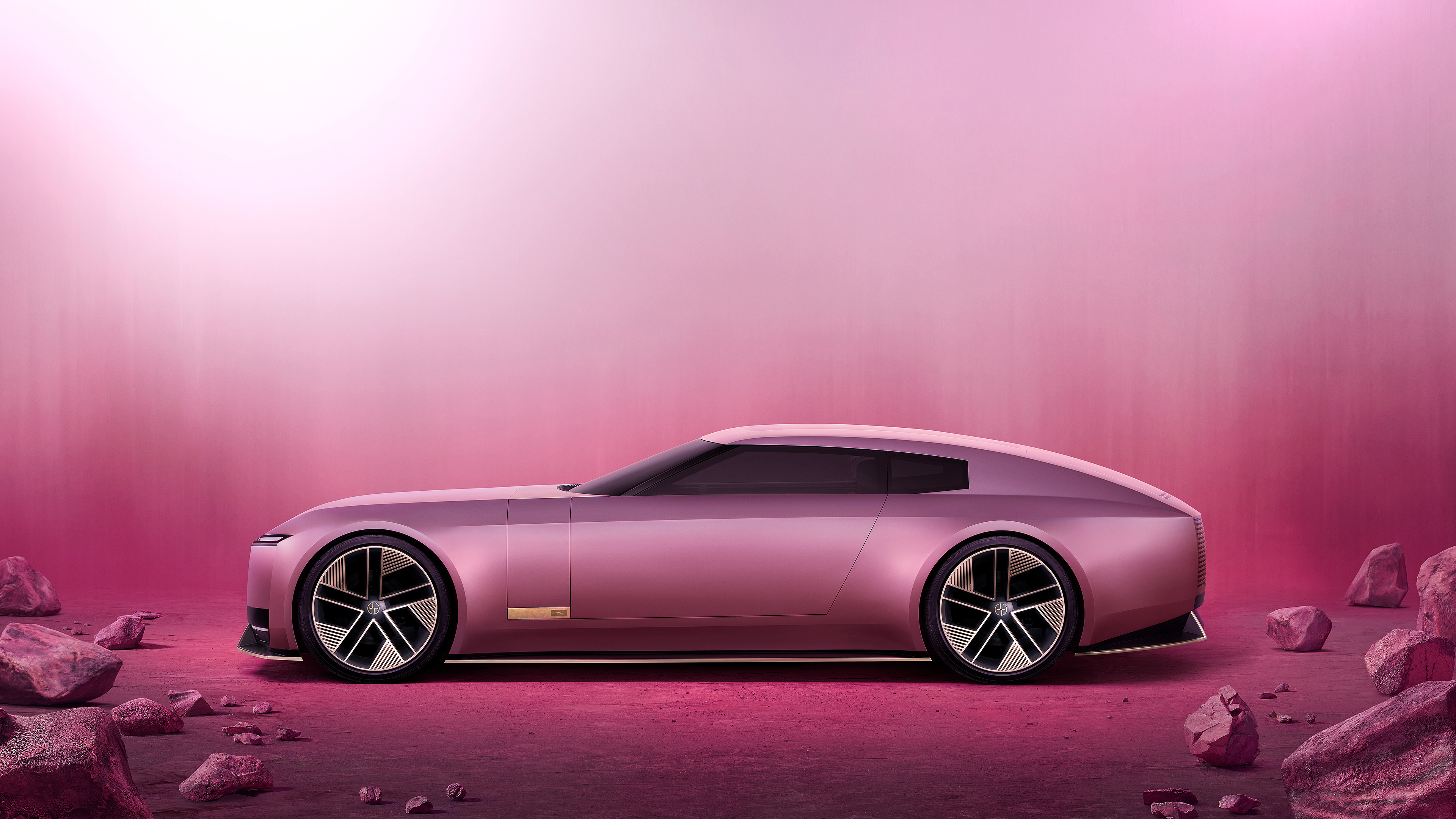 La Vie en Rose: can the Jaguar Type 00 reset the narrative surrounding the brand’s reinvention?
La Vie en Rose: can the Jaguar Type 00 reset the narrative surrounding the brand’s reinvention?This is the Jaguar Type 00, the first physical manifestation of the reborn brand’s new commitment to ‘Exuberant Modernism’. We take it for a semiotic spin
By Jonathan Bell